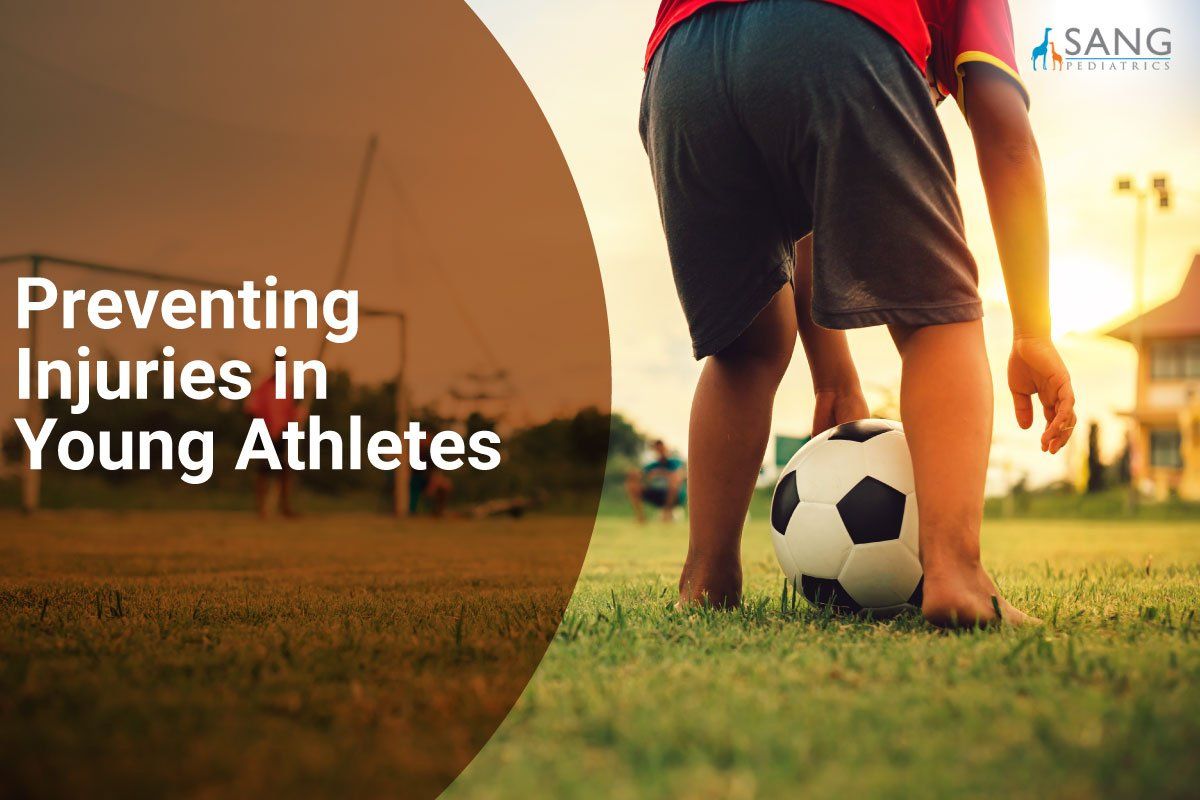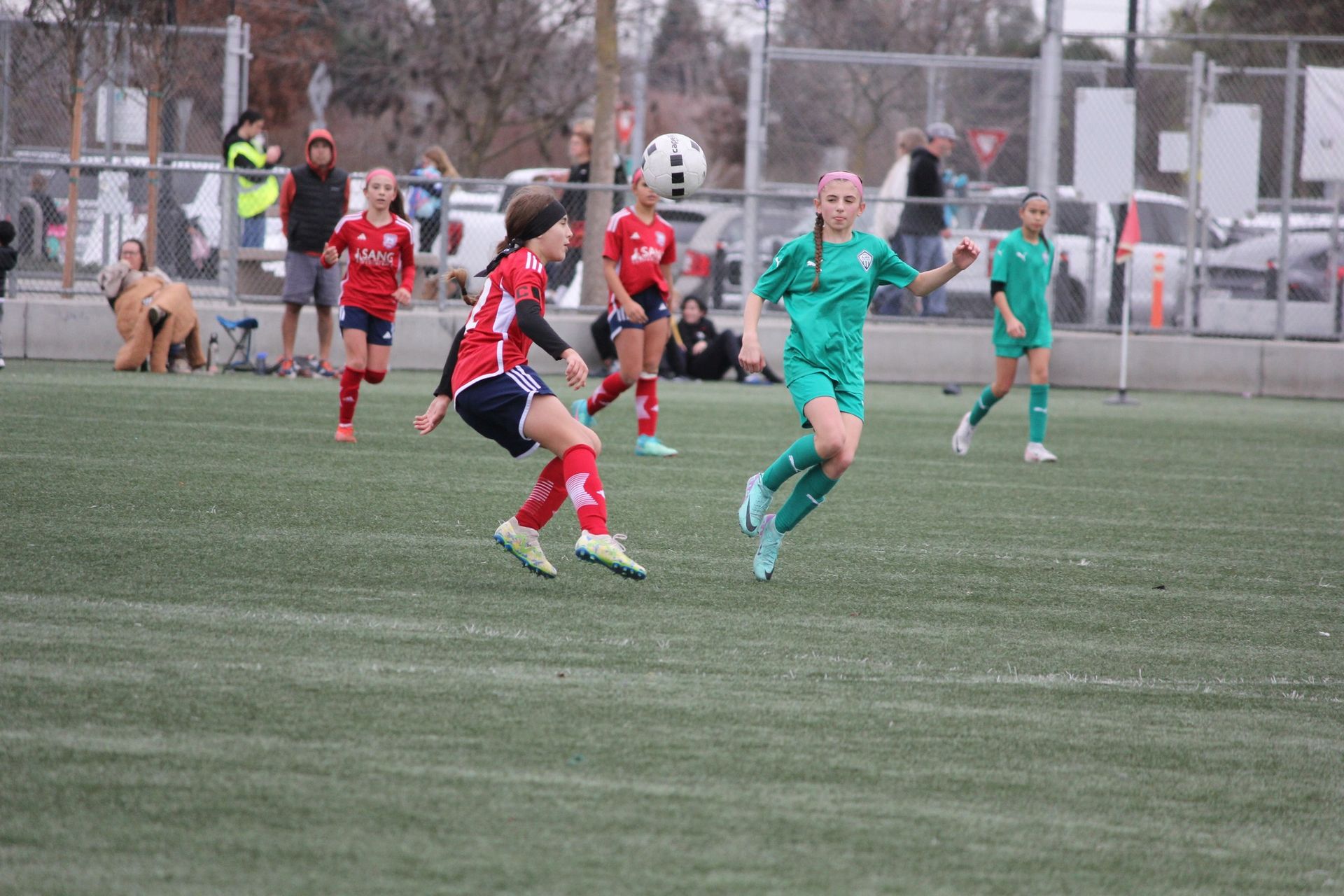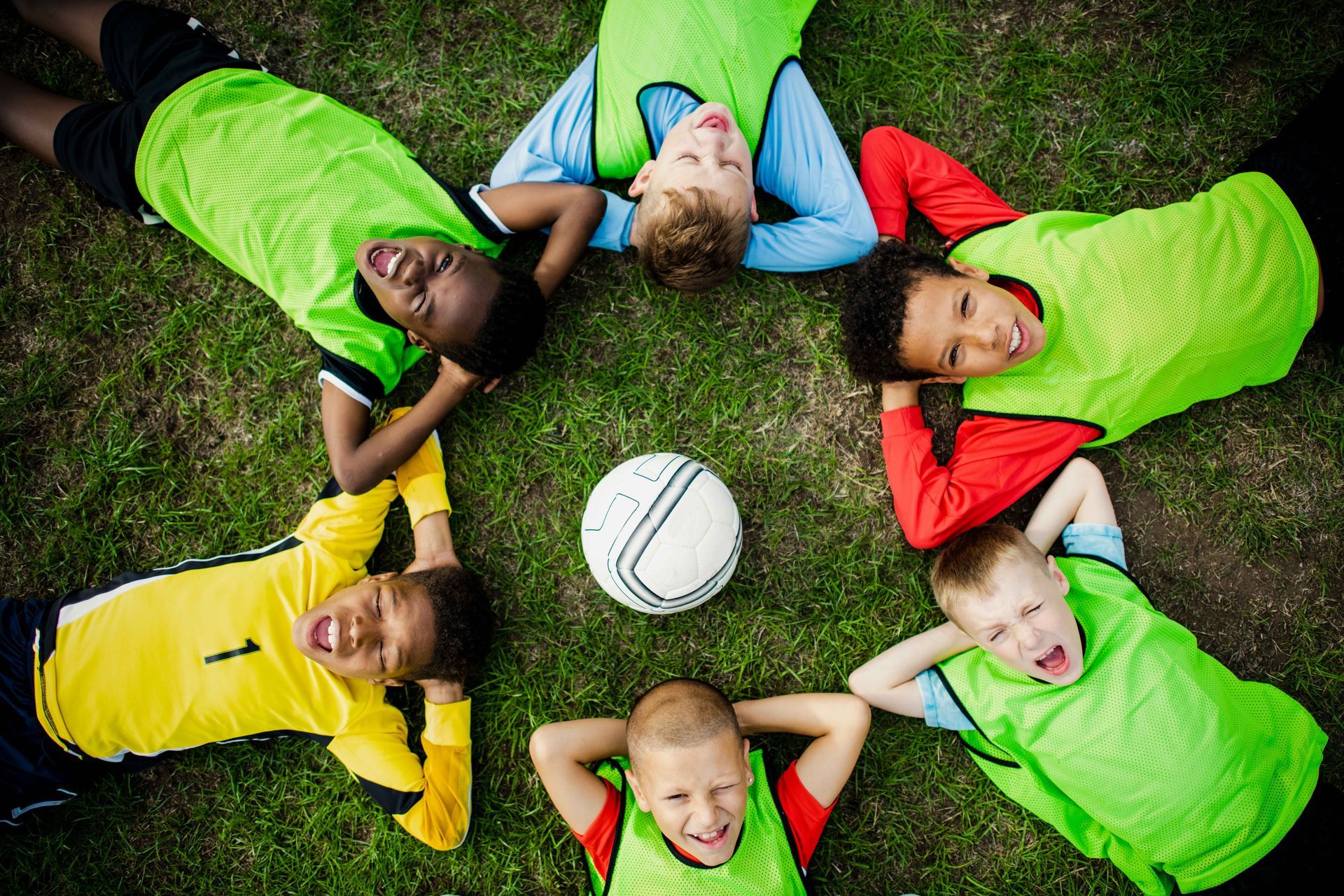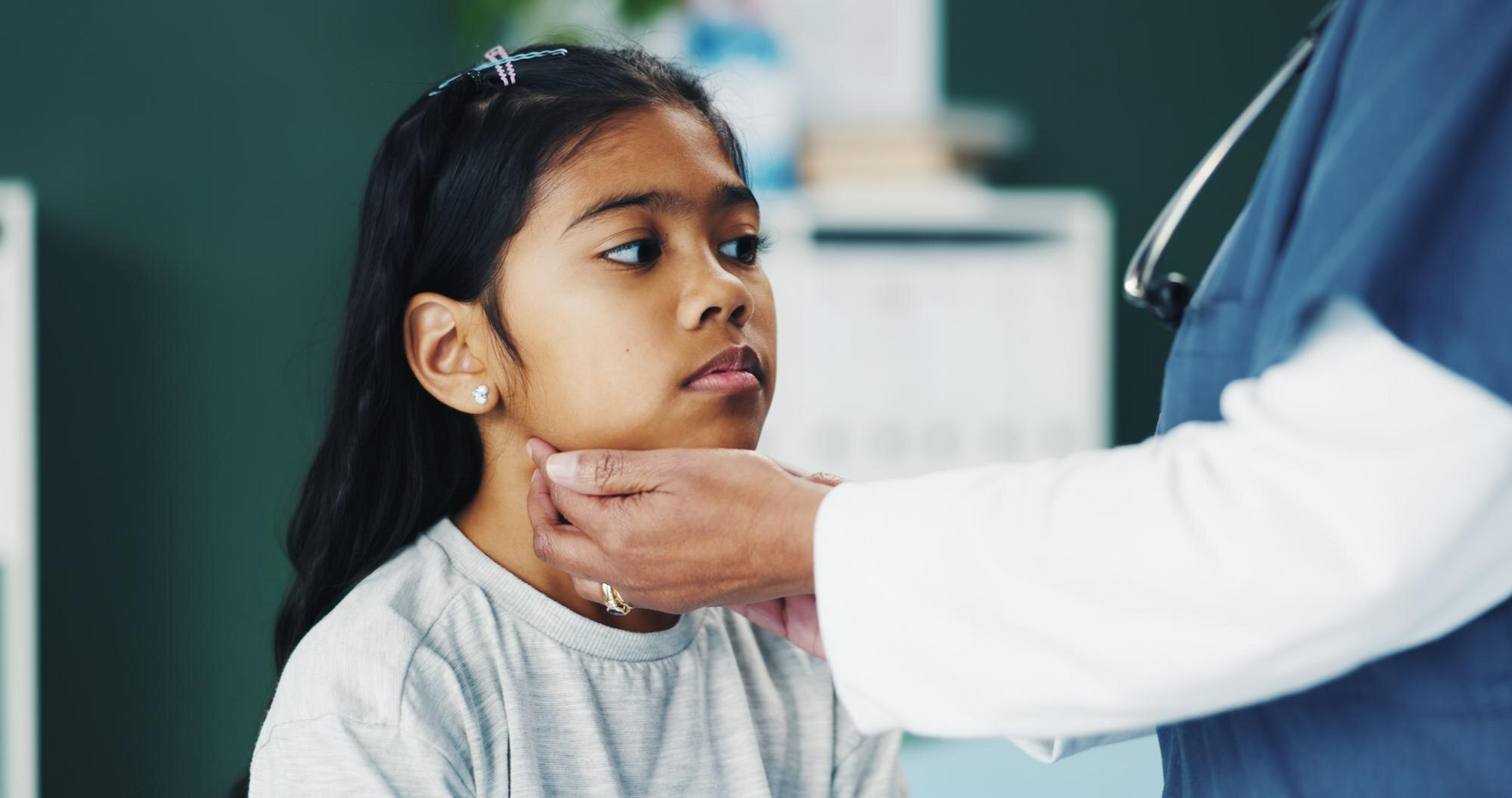With the summer months upon us, many young people start or return to sports. While it's healthy for children to be physically active, parents need to take steps to prevent sports injuries from occurring.
Mom, dads, and guardians can do several things throughout the season that will go a long way toward keeping kids safe in the game. Throughout this article, you'll discover the basics of sports injuries and how to prevent them.
The Most Common Sports-Related Injuries
Sports are an integral aspect of a
child's development. It helps them to gain discipline and exercise, as well as learn important life skills. Sports also help build character in children and give them a sense of accomplishment when they work hard to achieve their goals. However, sports injuries do occur.
While preventable, more than 3.5 million children and teen injuries due to sports are common each year. Overuse injuries from physical training, incorrect workouts, or improper technique can lead to pain, causing decreased mobility, muscle weakness, and trouble sleeping. By understanding specific causes and risk factors, you can reduce your child's chances of becoming injured. Below are the most common sports injuries:
Bruises
A blow to the body causes bleeding under the skin, resulting in bruises. This injury often occurs when a bone is damaged or impacted by another bone or muscle.
Blisters
These fluid-filled pockets that form on your feet can be painful and make it difficult to walk or run. Friction or pressure from ill-fitting shoes rubbing against your skin are the common causes of blisters.
Sprains and strains
Sprains result from tearing or stretching a ligament, usually resulting from an awkward twist or fall. On the other hand, overstretching or pulling a muscle can cause a strain. These injuries typically affect the ankles, knees, wrists, and elbows.
Dislocations
A dislocation pertains to a bone slipping out of place at a joint. Common dislocations occur in the shoulders, elbows, and knees.
Fractures
A fracture occurs when one or more bones break due to an impact or force applied directly to them. Fractures commonly occur in fingers, toes, hands, feet, and lower legs but can also happen anywhere else on your body (even your skull).
Back injury
Back pain complaints are common among people of all ages. Many factors can contribute to back pain, including improper lifting techniques, repetitive motions, and stress on the spine, such as bending at the waist.
Concussions
Concussions are brain injuries that occur when a hard object hits the head, either directly or indirectly. It can cause immediate symptoms such as confusion, headaches, nausea, and vomiting. The severity of the concussion can range from mild to severe.
Heat-Related Injuries
Fluid loss and dehydration cause heat exhaustion. Symptoms include dizziness, nausea, weakness, fatigue, and headache. Heatstroke is more severe and happens when the body's temperature rises above 104 degrees F (40 degrees C). Signs include confusion, headache, nausea, vomiting, seizures, or unconsciousness — seek medical help immediately if you suspect heatstroke.
13 Ways to Prevent Injuries in Sports
Athletes of all ages can get injured while playing sports. However, children are especially vulnerable, as their bodies are still developing. And while there's no "magic bullet" to prevent all sports injuries, there are various steps that parents and coaches can take to ensure young athletes stay safe while they're playing. Here are thirteen ways how to prevent injuries:
1. Wear the Right Equipment
Helmets, knee pads, protective eyewear, and mouth guards can help protect against head injuries, knee injuries, and wrist sprains. Make sure equipment fits appropriately – make sure they are snug, so there is no extra room for movement or slippage.
2. Wear Appropriate Athletic Shoes
Footwear is also a significant factor in injury prevention. Shoes should be well-cushioned with good traction so that feet don't slip on surfaces. For example, running shoes have a raised heel that supports the foot as it moves through its natural gait pattern while walking or running. Basketball shoes have additional cushioning in the sole to absorb shock when jumping on hard surfaces.
3. Warm-Up Before Sports
Warming up before playing sports helps prevent injuries by loosening muscles and increasing blood flow to the muscles and joints. It also prepares the body for activity by increasing heart rate, breathing rate, and muscle temperature.
4. Stretch Before Playing Sports
Stretching keeps muscles flexible and prevents them from tightening up during exercise or after an injury. Your child should do this exercise before playing sports because it allows the muscles to warm up gradually without putting too much stress on them during the game or drills.
5. Cool Down after Sports
After playing sports, it's crucial to continue moving the body for at least 10 minutes as a cool-down period. This step helps prevent muscle soreness and stiffness. Your child can even use this time to stretch out muscles that feel tight or sore. If they’re too tired or short on time, walk around until their breathing and heart rate returns to normal.
6. Rest When Needed
Overuse can cause injuries, which means that if your child plays too much or practices too hard, their body will break down. If they’re feeling tired or sore, take the day off and rest up so that your child can perform at 100 percent when it matters most.
7. Make Sure They Are Hydrated
Let your child drink water before, during, and after the game. Dehydration can cause muscles to cramp up and fatigue to set in. Hydrating with water will help them perform better during a game, not easily being tired out too quickly or getting heat stroke from running around too long.
8. Get Enough Sleep
Children require
sleep to grow and develop, so they must get at least 8-10 hours of rest before a big game or practice. If they're not getting enough rest, they'll be less focused during the game and more likely to injure themselves.
9. Eat a Healthy Diet
A balanced diet is essential to maintaining energy levels and overall health by providing essential vitamins and minerals. It means consuming various foods from all four food groups every day. Moreover,
sports drinks and energy bars may offer a quick energy boost, but they're not the best choice for sustained exercise. These products are full of sugar, which causes an insulin spike that leads to fatigue.
10. Follow Safety Rules
Make sure your child follows each sport's rules closely so that accidents don't happen due to negligence or carelessness on anyone's part. Make sure referees and coaches enforce these rules so that all players are safe from harm during playtime.
11. Do Not Rush into Sports Too Quickly
Playing too hard can lead to injury because your child's muscles aren't used to being taxed so much. Make sure they take some time to get used to how their body feels at different intensity levels. When your child is ready, they can slowly increase intensity over time until they reach your maximum fitness level. The same applies to practicing specific skills repeatedly without taking a break from them every once in a while.
12. Choose Age-Appropriate Sports
Be sure that you're choosing a sport that is best for your child's age level
, conditioning, and overall health. Some sports are safer than others — soccer is much safer than football, so pick sports that aren't too risky and will help them stay healthy throughout life.
Bring Them to a Pediatrician for a School and Sports Physical
It's important that children go through a complete physical examination before they begin playing any sport or activity. During this time, a pediatrician can assess your child's overall health and fitness level, identify any medical conditions, and create an action plan for healthy sports participation. A typical physical includes:
- Vision and hearing tests
- Blood pressure readings
- Measurements of weight and height and BMI calculation
- Heart rate measurement
- Lung capacity check
How to Deal with Injury
Teach and encourage your child to listen to their body. If something hurts or doesn't feel right during an activity, they should immediately stop what they're doing. Afterward, inform you or whoever is supervising them about the pain so they can administer proper care.
Talk about how to recognize an injury and what to do about it. Ensure your child knows what type of injury requires medical attention, like broken bones, and what types can be treated at home, like sprains.
If your child was playing sports under your care and worried about an injury, take action immediately by following these tips:
1. Stop playing immediately. The first thing to do is determine if the injury is serious or not.
2. Get medical attention right away if the injury is severe or painful. If it's a small bruise or sprain, you may be able to do first-aid. Check with a doctor if they are in pain after an injury — even if it seems minor. It's important to know what kind of injury they have and whether your child needs medical attention.
3. If your doctor prescribes medication, follow their instructions carefully and don't take any over-the-counter medications unless approved by a doctor.
4. When recuperating at home, rest the injured body part and avoid any activity that causes pain.
5. Apply ice to the affected area immediately after an injury or during rehabilitation from an injury. Ice helps reduce swelling and inflammation, making it easier for your child to return to normal activities.
6. When possible, elevate the injured area above the heart level, especially if there is swelling or bruising around the injury site.
Keep Your Child Safe While They Play Sports!
Children's sports are a fun and rewarding way to keep children active and healthy. But they can also present potential risks for injury. We hope that our sports injury prevention tips will help you keep your child safe while playing sports!
Contact
Sang Pediatrics to come in for a school and sports physical so you know your child is prepared for the coming sports season! For appointments, call (559) 268-1737.













